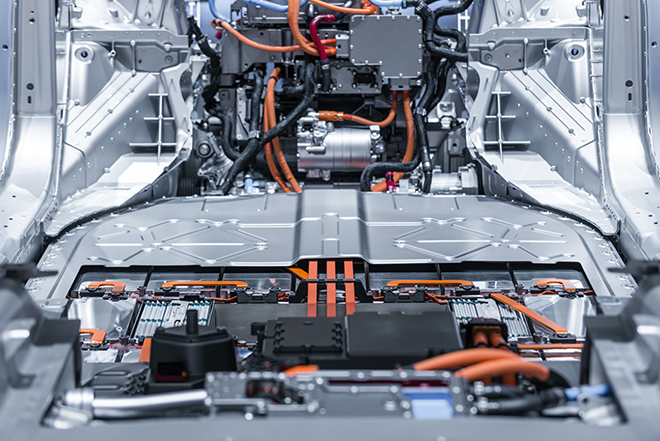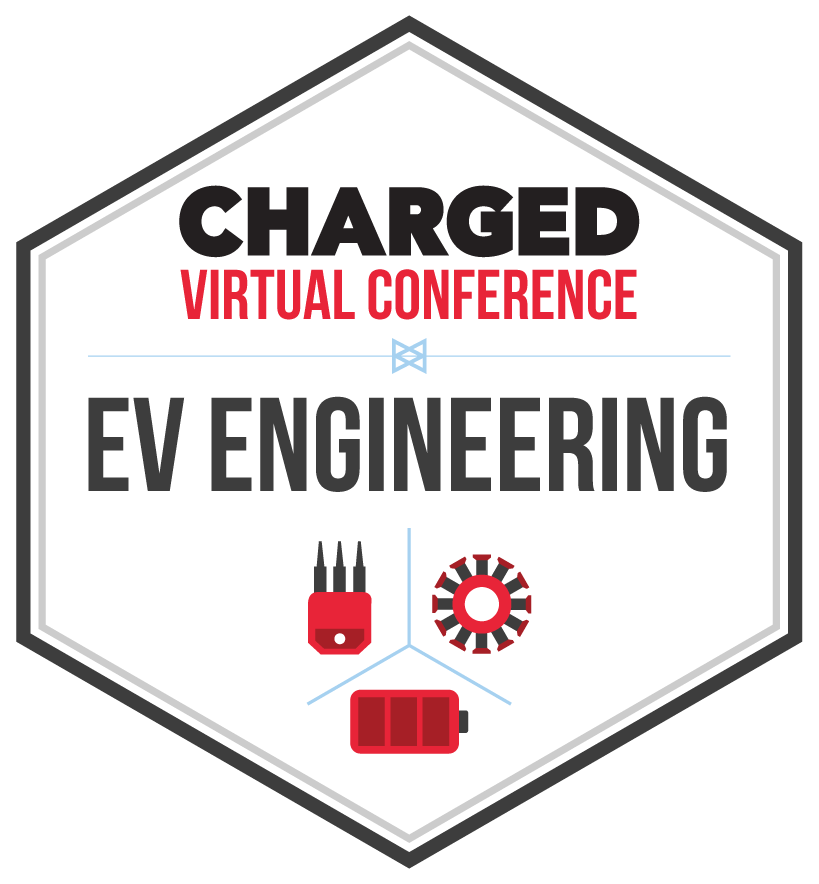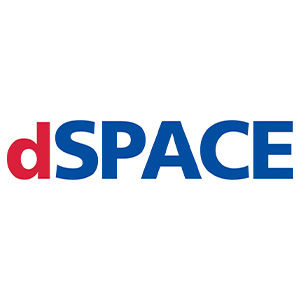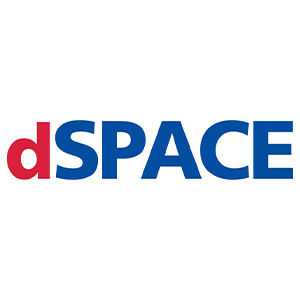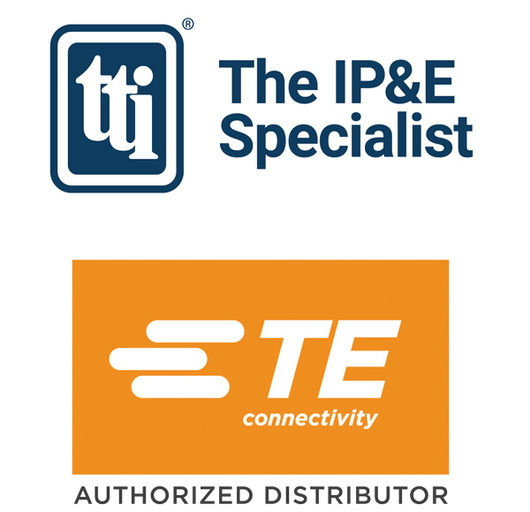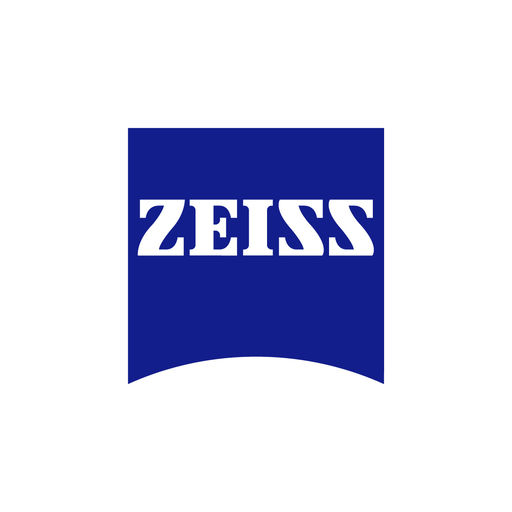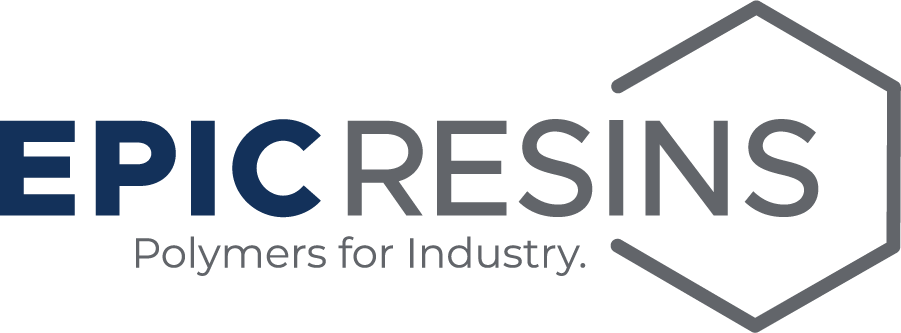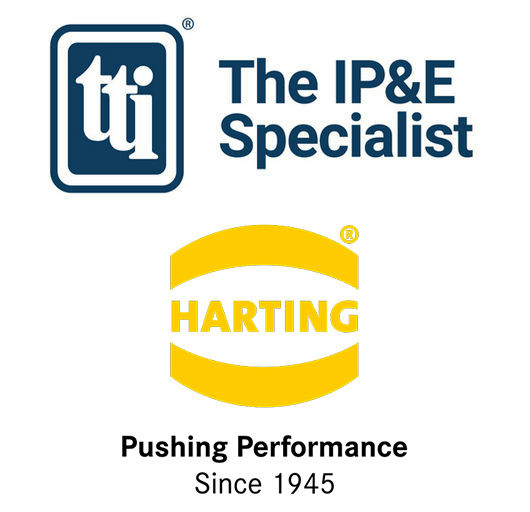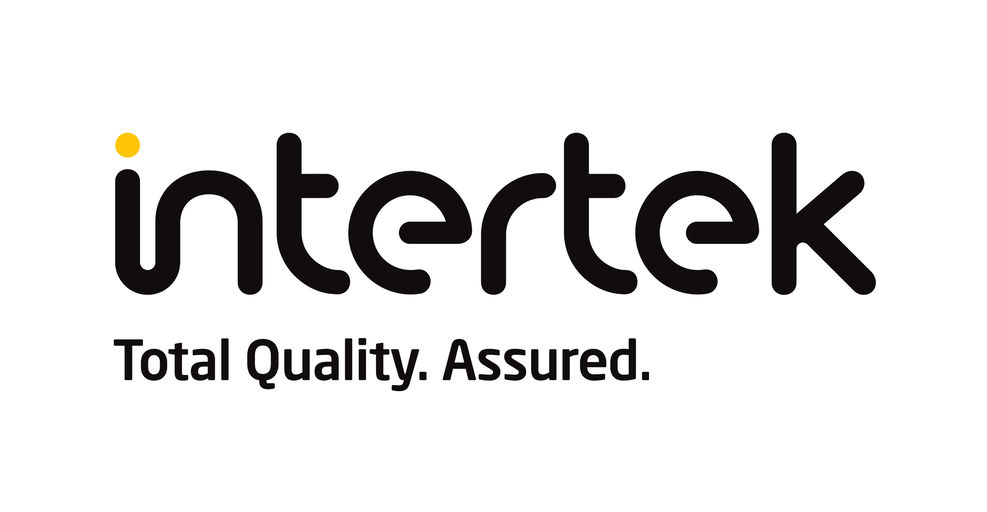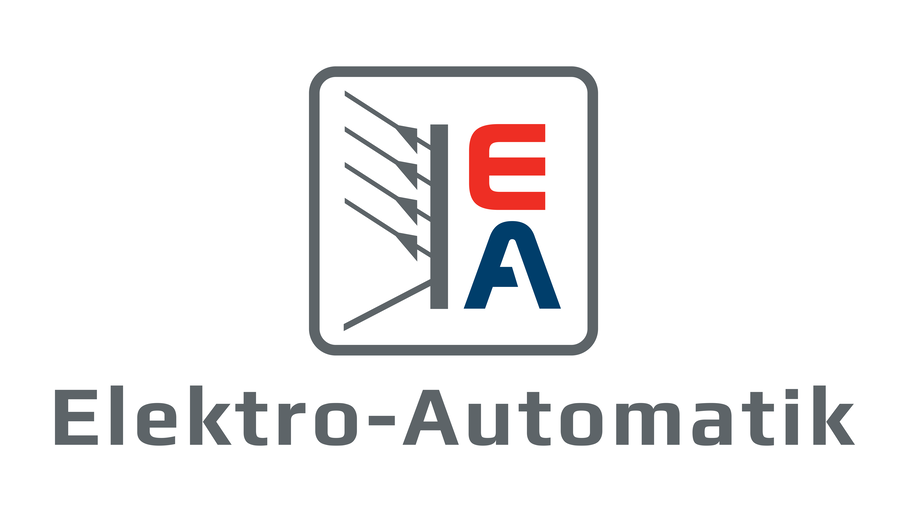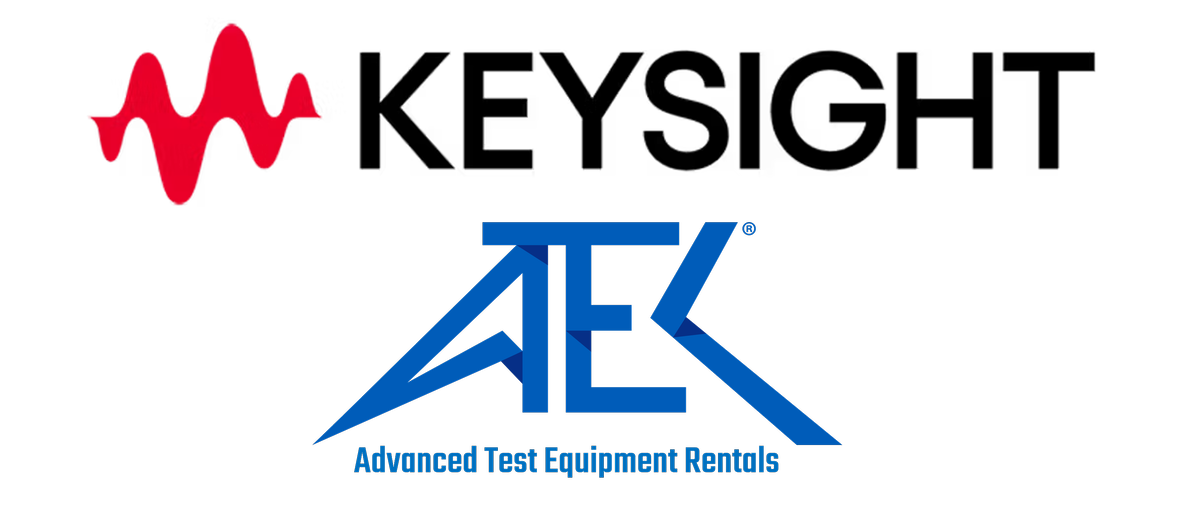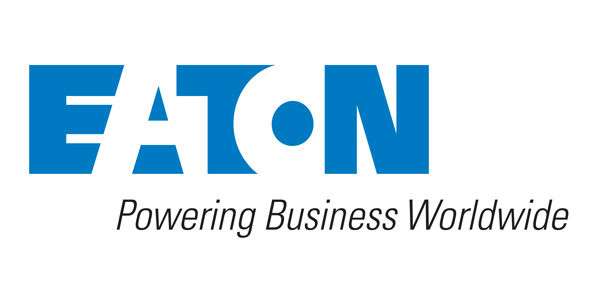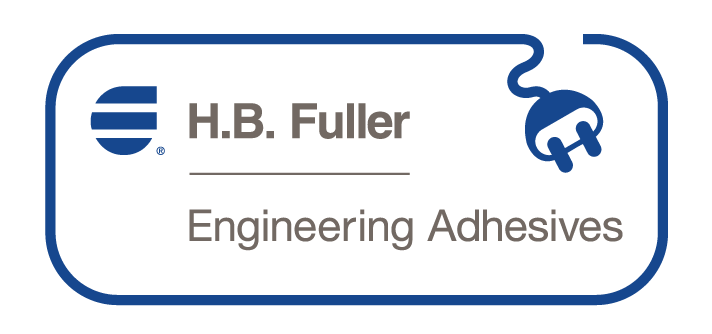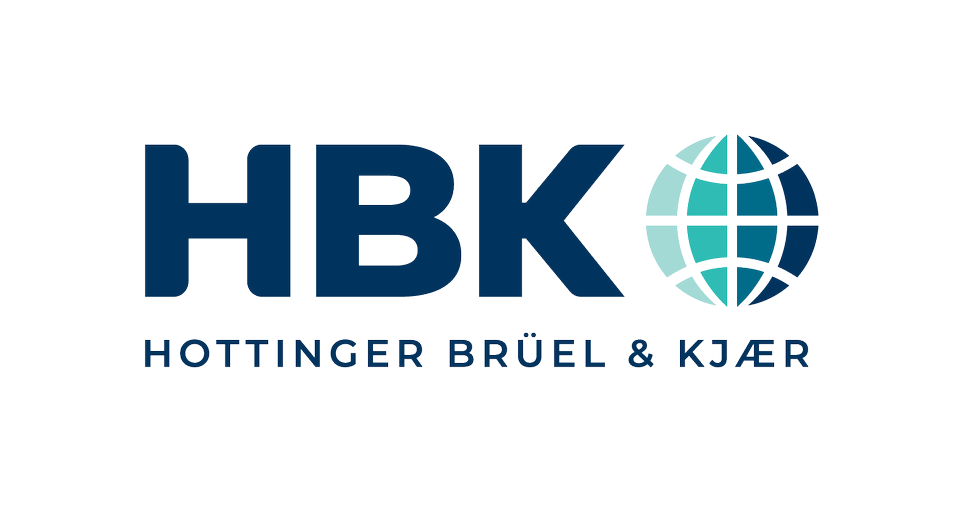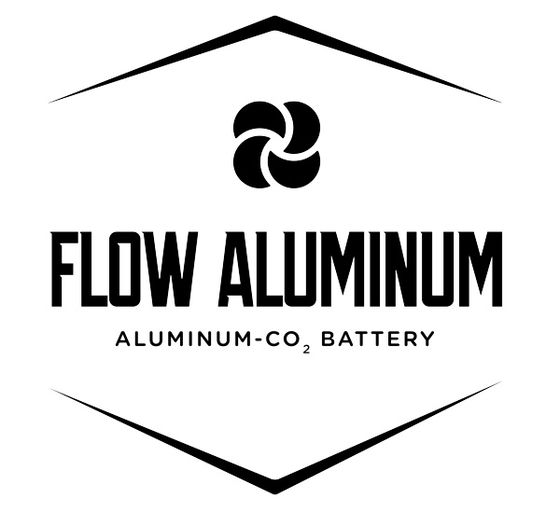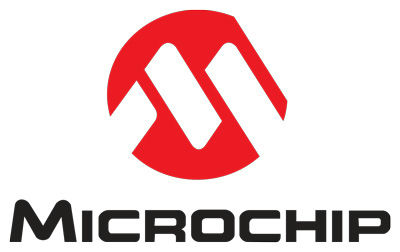Sponsored by Rockwell Automation
By: John Miles, global business leader for Electric Vehicles, and Paolo Butti, industry manager for Automotive and Tire, Rockwell Automation
An accelerated launch requires a production strategy that leverages the right expertise, partners and Industry 4.0 concepts
If you’re bringing a new electric vehicle to market, time is not on your side
Dozens of companies in the U.S. – from start-ups to mature automakers – are already competing to deliver electric-vehicle offerings that they hope to edge into consumers’ garages. And in China, there are believed to be nearly 500 electric-vehicle companies.
You need to get your electric vehicles to market as fast as possible if you want to secure your place in this crowded field. That means you need to launch a flexible and agile production operation on an accelerated timeline.
Technology has a role to play, but it won’t help you manage all the risks that can come with a rapid rollout.
For example, some young electric vehicle companies have struggled to adopt or consistently enforce automotive-production best practices. This can cause production delays that you don’t have time for. And it can result in worker injuries and higher production costs.
To get electric vehicles to market as quickly as possible – at the highest quality and with minimal risk – you need more than technology. You need a comprehensive strategy.
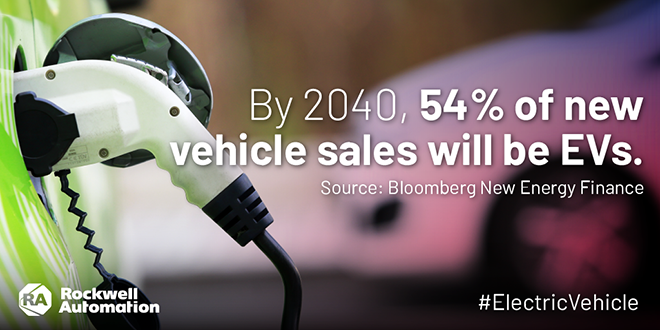

Three Keys to Success
Your production strategy should be focused on creating smart, data-driven and flexible operations. Three things that can help you do this, while minimizing disruptions and surprise costs along the way, include:
1. The Right Partner: One of the most valuable things you can bring to your production strategy is experience – something that many young or start-up companies lack. That’s why a knowledgeable industry partner is critical early in your planning process.
An industry partner can bring in-depth knowledge of automotive-production best practices and process optimization to your rollout. This can help you avoid production delays and other issues. They can also help you build out your supply chain and your workforce. It could be something as simple as creating hiring guides for your skilled positions, like control engineers. Too often, young companies with little or no production experience just don’t know what questions to ask candidates for these jobs.
2. Industry 4.0: By leveraging Industry 4.0 concepts in your strategy, you can deploy seamless connectivity and data sharing across your entire organization.
This can help you improve visibility into production. It can help your workers make better and faster decisions. And it can help you identify inefficiencies and drive continuous improvements in your operations.
For example, we’ve used smart machines in our own operations to create more efficient process workflows and more quickly identify the cause of stops. We’ve also used advanced analytics to help companies predict where problems may occur, so their maintenance teams can prevent stops from occurring in the first place.
Even some automakers today are only using Industry 4.0 concepts in limited ways or across only some of their operations. Better use of connected operations can help them not only accommodate but also optimize electric vehicle production. For example, they could use augmented reality to help guide operators through rework steps to speed up the process.
3. An Integrated Architecture: An integrated automation architecture helps you achieve smart production in some key ways.
First, it helps workers access the right information at the right time to make important operational decisions. It enables easy integration of equipment into your plant. And it allows you to more swiftly react to market demands.
An integrated architecture uses control and information systems that share a common network, control platform, data structures and design environment. Each of these things comes with its own benefits. For example, a common network can seamlessly connect your plant systems to each other and to the rest of your enterprise. And common, standardized data structures make it easy to collect data from anywhere and transform it into information that drives better decisions.
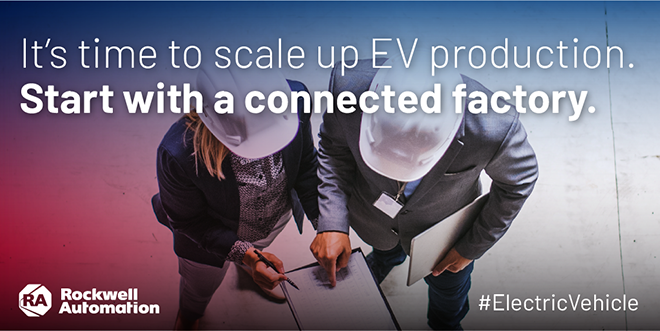

Run Faster, More Flexibility
With a data-driven integrated architecture in place, you can use technologies that can make you more competitive in key, targeted ways.
For example, a full manufacturing execution system (MES) software package may not be right for your production operations at the onset. That’s why fit-for-purpose MES applications exist.
These applications help address specific challenges in production. It could be quality, machine performance, or genealogy and track and trace. You can start at the machine or work-area level with one application, then add other applications or scale up to a full MES as you grow production and realize ROI.
Independent-cart technology is another difference maker. It can help you get to market faster with higher line speeds and reduced downtime.
The technology can transport small components, or even full car bodies, around your plant more quickly and precisely than conventional mechanical solutions. This can help you speed up operations in a body shop or in areas like battery cell and pack production, where high-speed conveyance has proven to be a challenge.
Fast changeovers are also easy with systems that use independent-cart technology. You can change their functions with the push of a button. And because the systems have fewer moving parts, they can reduce your maintenance needs to help maximize uptime.
Of course, in a connected production facility, you shouldn’t only think about what technology you can use. You should also think about how you use it.
Infrastructure as a service (IaaS) is a good example. It can reduce your burden of designing, deploying and maintaining a network infrastructure. And it can change your network’s costs from a capital expense to an operating expense.
IaaS combines pre-engineered network technologies, on-site configuration and 24/7 remote monitoring into a single contract. And it can help you optimize the performance, efficiency and uptime of your network architecture. This can be especially valuable when your operations are starting small or if you have time, talent or budgetary constraints.
A Race to the Finish Line
The demand for electric cars is only going to climb in the coming years, especially as battery prices fall. In fact, by 2025, one in four cars sold is expected to have an electric engine compared to one in 20 today. As this happens, your competition will only intensify.
The right expertise, partners and technologies can help put you and your vehicles at the front of a crowded field. But only if you have a well-thought-out strategy that addresses the unique challenges of electric-vehicle production. Learn more from Rockwell Automation: rok.auto/electricvehicle.




